Thermostat Maintenance: Keeping Your Outboard Running Cool
- Understanding Yamaha Outboard Overheating: The Science Behind the Steam
- Common Causes of Yamaha Outboard Overheating: Uncovering the Culprits
- How to Troubleshoot Overheating While Boating: Field Diagnostics
- Repair and Maintenance To Prevent Future Overheating: Proactive Protection
- Frequently Asked Questions About Yamaha Outboard Overheating: Common Questions, Expert Answers
- Advanced Troubleshooting for Persistent Overheating: Beyond the Basics
- Additional Resources and Support: Where to Find Help
- Essential Tools for DIY Yamaha Cooling System Maintenance
- Conclusion: Keeping Your Yamaha Cool for Years of Reliable Service
There's nothing quite like the feeling of hitting the open water, the sun on your face, and the reliable hum of your Yamaha outboard motor. But what happens when that hum turns into a concerning alarm or a visible plume of steam? If your Yamaha outboard is overheating, it's not just an inconvenience; it's a critical issue that can lead to severe engine damage and costly repairs. I've been there myself, staring at a temperature gauge creeping into the red zone while miles from shore, and it's a gut-wrenching experience. Understanding why your outboard might be running too hot is the first step toward keeping it in peak condition.
Understanding Yamaha Outboard Overheating: The Science Behind the Steam
When your Yamaha outboard overheats, it means the engine's cooling system is no longer effectively dissipating the immense heat generated by combustion. This isn't just about comfort; it's about the survival of your engine's internal components.
What Does Overheating Mean for Your Yamaha Outboard?
Overheating is a clear sign that something is fundamentally wrong with the engine's ability to maintain its optimal operating temperature. For your Yamaha outboard, this means the coolant—typically raw water drawn from the lake or ocean—isn't circulating correctly to carry heat away from the engine block and cylinder heads.
The obvious indicator is a rising temperature gauge, often accompanied by audible alarms, steam from the engine, or even a noticeable loss of power as the engine's protective systems kick in. I remember a time on Lake Michigan when the overheat alarm blared, and the immediate shutdown of power left me drifting helplessly in a busy shipping lane. Detecting these signs of engine overheating Yamaha is crucial not just for your engine's health, but potentially for your safety as well.
Why Overheating Is a Serious Problem
Pushing an engine beyond its designed temperature range is like asking an athlete to run a marathon without water – it's going to break down. The damage caused by outboard overheating can range from minor problems to catastrophic failure. Prolonged exposure to excessive heat can warp cylinder heads, seize pistons, damage gaskets, and even crack engine blocks.
The risks of running a Yamaha outboard hot are simply too great to ignore. I've heard horror stories from fellow boaters who managed to limp home while overheating, only to discover thousands of dollars in internal engine damage that could have been prevented with prompt attention. One fishing buddy of mine ignored his temperature warning for just 15 minutes during a tournament, and ended up with a scored cylinder wall and a $3,800 repair bill.
Common Causes of Yamaha Outboard Overheating: Uncovering the Culprits
 The cooling system on your Yamaha outboard is a marvel of engineering, but like any system, it can encounter issues. Most overheating problems stem from common, often preventable, causes.
The cooling system on your Yamaha outboard is a marvel of engineering, but like any system, it can encounter issues. Most overheating problems stem from common, often preventable, causes.
Debris Blocking the Water Intake
One of the simplest yet most infuriating causes of an overheated Yamaha outboard is debris obstructing the raw water intake. These are the small holes or grates, usually on the lower unit of the outboard, where the engine draws in cooling water. Seaweed, plastic bags, sand, or even small fish can easily get sucked in and create a blockage.
I learned this the hard way when a floating plastic grocery bag brought my fishing trip to an abrupt halt near Tampa Bay. We were trolling slowly for redfish when suddenly the temperature alarm sounded. After shutting down and trimming up the motor, I discovered a plastic bag had wrapped itself completely around the lower unit, blocking every water intake hole. This Yamaha outboard water intake blockage is a frequent culprit, especially in areas with heavy vegetation or trash.
If you notice diminished "pee hole" water flow or a sudden overheat, checking for seaweed causing Yamaha overheating or other obstructions at the intake is your very first step. I now make it a habit to visually inspect my water intakes whenever I'm in shallow, weedy waters or areas with visible floating debris.
Water Pump Impeller Failure
The water pump impeller is arguably the heart of your outboard's cooling system. This rubber-finned component spins with the driveshaft, actively pumping water from the intake up through the engine. Impellers are designed to wear out; it's a routine maintenance item. Over time, the fins can become fatigued, crack, or even break off entirely due to age, grit, or running the engine briefly without water (hot-seating).
A worn-out impeller means reduced water flow, leading to overheating. Recognizing impeller wear symptoms is vital. During a family vacation on Lake Powell, my F150 Yamaha started overheating whenever we pushed it above half throttle. The water stream looked fine at idle but diminished significantly at higher RPMs – a classic sign of impeller failure. Upon inspection, three of the rubber impeller vanes had completely broken off.
If you're experiencing overheating, especially at higher speeds, consider Yamaha outboard impeller replacement as a prime suspect. The impeller is a relatively inexpensive part (usually $25-45 depending on your model), but failing to replace it regularly can lead to catastrophic engine damage.
Faulty Thermostat and Cooling System Issues
The thermostat is another critical, though often overlooked, component. Its job is to regulate the engine's temperature by opening and closing to control the flow of cooling water. When a thermostat sticks closed, it prevents water from circulating through the engine block, leading directly to overheating. Conversely, if it sticks open, the engine might run too cool, affecting performance and fuel efficiency.
I've found that thermostat failure Yamaha outboard incidents are more common than many realize. On my previous 90HP Yamaha, I experienced consistent overheating despite having excellent water flow and a new impeller. The culprit turned out to be a thermostat that had become stuck in the half-closed position due to mineral buildup. It wasn't completely blocking water flow, just restricting it enough to cause problems at higher RPMs.
Symptoms like an erratic temperature gauge can also point to a faulty thermostat. If your gauge bounces between normal and hot, particularly after the engine has been running for a while, suspect the thermostat first. Addressing cooling system overheating Yamaha issues often involves inspecting and replacing this small but mighty part.
How to Troubleshoot Overheating While Boating: Field Diagnostics
Discovering your outboard is overheating while you're out on the water requires a calm, systematic approach to ensure safety and potentially prevent further damage.
Immediate Safety Steps When Overheating Is Detected
The moment you see that temperature warning or notice unusual steam, your priority shifts to safety. The very first action should be to stop the Yamaha outboard overheating by reducing throttle to idle immediately, then shutting down the engine as soon as it's safe to do so.
Do not attempt to continue running an overheating engine; the resulting damage could be irreparable and incredibly expensive. Find a safe place to drift or anchor. If you are in open water, assess your proximity to shore or a safe harbor and consider any current or wind that might affect your drift. Following safe shutdown procedures for outboard overheating is paramount.
During a tournament on Lake Okeechobee a few years back, my partner and I noticed an overheat warning. Instead of pushing on to the next fishing spot "just a little further away," we immediately throttled down, shut off the engine, and began troubleshooting. This quick response saved us from potentially serious engine damage, and we were back fishing within 15 minutes after clearing a water intake obstruction.
Checking the Water Discharge Stream
Once the engine is safely shut down, and if conditions permit some inspection, the very next thing to check is the "pee hole" or water discharge stream. This small outlet on your outboard typically shows a steady flow of water when the engine is running, indicating the water pump is functioning.
- If there is no water flow, or only a trickle: This strongly suggests a problem with the water pump or a severe blockage at the water intake.
- If the water flow is strong and steady: This might indicate the overheating is caused by an issue after the water has passed through the pump, such as a thermostat stuck closed or blocked cooling passages within the engine itself.
Performing a Yamaha outboard water discharge flow check or pee hole water flow test can give you vital clues about the source of the problem. I keep a small mirror in my boat toolkit specifically for checking the water discharge when I'm alone. By holding the mirror at the right angle, I can start the engine briefly and observe the water flow without having to awkwardly position myself at the stern.
Inspecting for Debris and Obstructions
If the water discharge stream is weak or absent, the most likely culprit is a blockage at the water intake. Carefully inspect the intake grates on the lower unit. You might need to visually check while the engine is off and submerged, or if safe and feasible, trim the engine up to get a better look.
Use a stick or tool to gently try and clear Yamaha outboard water intake areas. Be cautious not to push debris further in. Removing debris from outboard cooling passages is crucial. I always carry a small brush or scraper for this very purpose after an incident with a particularly nasty patch of seaweed in the Florida Keys that completely clogged my intakes.
Last summer while fishing in the Chesapeake Bay, my Yamaha began overheating despite having been recently serviced. After shutting down and raising the motor, I discovered a plastic bag fragment that had somehow slipped past the protective grates and partially blocked the water intake. Using my trusty boat hook with electrical tape wrapped around the end (to prevent scratching), I carefully extracted the plastic and was back in business within minutes.
Repair and Maintenance To Prevent Future Overheating: Proactive Protection
Proactive maintenance is the most effective way to prevent your Yamaha outboard from overheating. Regular checks and timely replacement of key components can save you a lot of trouble and expense down the line.
How and When to Replace the Water Pump Impeller
Replacing the water pump impeller is a cornerstone of outboard maintenance. For most recreational boaters, I strongly advise performing this service at least once a year or every 100 hours of operation according to Power Implements, a respected marine service provider. If you're a heavy user or operate in sandy or silty water, consider doing it every six months. For those using their boat in saltwater, more frequent replacement is a good idea due to accelerated corrosion and the potential for salt and mineral buildup to damage the impeller.
The process typically involves removing the lower unit, disassembling the water pump housing, and replacing the impeller and any associated seals or gaskets. Replace Yamaha outboard impeller according to your engine's manual, but err on the side of caution. The impeller replacement schedule Yamaha recommends is a minimum; adjust based on your usage and conditions.
I learned an expensive lesson about impeller maintenance several years ago. Despite following the 100-hour recommendation, I hadn't accounted for the extra strain of operating in the shallow, sandy waters of my local lake. My impeller failed prematurely at around 80 hours, causing overheating that damaged my powerhead gaskets. Now I replace my impeller every 75 hours without fail, and I'm meticulous about inspecting the water pump housing for sand or grit that might accelerate wear.
Replacing a Faulty Thermostat
The thermostat is another part that, while not always failing "closed," is a relatively inexpensive component that can cause significant problems if it malfunctions. As a general rule, I recommend replacing your Yamaha outboard thermostat at least every two years, or sooner if you notice any signs of failure like overheating or inconsistent engine temperatures as recommended by experts at Power Implements and Boats.net.
The process involves locating the thermostat housing (usually on the engine block, often near the cylinder head), removing the bolts, and swapping out the old thermostat for a new one. Always clean the housing and inspect the gasket. Understanding thermostat symptoms Yamaha outboard can help you identify when it's time for a change.
A helpful trick I've discovered for testing a suspect thermostat is the boiling water test. Remove the thermostat and place it in a pot of water on the stove with a cooking thermometer. Heat the water gradually and watch whether the thermostat opens at the specified temperature (usually around 140-160°F for most Yamahas). If it doesn't open completely or opens at the wrong temperature, it's definitely time for replacement.
Cleaning Cooling Passages and Routine Maintenance Tips
Beyond the impeller and thermostat, keeping the entire cooling system clean is vital. After every use, especially in saltwater, rinsing your outboard with fresh water is essential. This flushes out salt, sand, and other corrosive elements that can build up in the cooling passages.
Periodically, especially before storing your boat for the off-season, it's wise to flush the cooling system thoroughly. For those in colder climates, proper winterizing Yamaha outboard procedures must include a complete flush to prevent freezing and cracking of the cooling jackets. Keeping the Yamaha outboard cooling passages clear is paramount for efficient heat transfer.
One maintenance routine I've adopted that's served me well is performing a deep flush with a commercial cooling system cleaner at least twice a season. I use a product specifically designed for marine engines that helps dissolve mineral deposits and scale that can build up in the water jackets and narrow cooling passages. After several flush cycles with the cleaner, I always finish with multiple fresh water flushes to ensure all cleaning chemicals are removed from the system.
Frequently Asked Questions About Yamaha Outboard Overheating: Common Questions, Expert Answers
I've often heard fellow boaters ask specific questions about why their Yamaha outboards might be overheating, especially under certain conditions. Here's what I can offer from my experience and research.
Why Does My Yamaha Outboard Overheat at Idle?
An outboard overheating at idle, but running fine at speed, often points to a low-speed cooling issue. The most common culprits are a weak water pump impeller delivering insufficient flow at low RPMs or a partial blockage in the cooling passages or at the water intake that's exacerbated at lower water flow rates. Sometimes, an improper idle mixture can cause the engine to run hotter even when it should be cool.
If you're seeing Yamaha outboard overheating at idle causes, a thorough inspection of the water pump and intake is your first step. In my own F115, I once experienced this exact issue—overheating at idle but fine at cruising speed. The problem turned out to be a small piece of plastic that had lodged in one of the smaller cooling passages but was being pushed clear when water pressure increased at higher RPMs. A thorough flush with descaling solution followed by compressed air through the water intake (with the water pump removed) solved the issue.
How Often Should the Water Pump Impeller on My Yamaha Be Replaced?
For recreational use, I highly recommend replacing your Yamaha outboard's water pump impeller annually or every 100 hours of operation, whichever comes first according to maintenance standards published by Power Implements. If you use your boat heavily, especially in saltwater or dirty water, you might consider replacing it every six months. The cost of an impeller is minimal compared to the potential damage from a failed one, so it's a proactive maintenance step I never skip.
One thing I've noticed in my years of Yamaha ownership is that impeller wear isn't always linear. A seemingly fine impeller can suddenly degrade rapidly if it encounters sand, shell fragments, or other abrasive materials. For this reason, I now use my calendar rather than strictly hours to determine replacement intervals—my impeller gets changed every spring regardless of how many hours I put on the engine the previous season.
Can a Clogged Water Intake Cause Permanent Engine Damage?
Absolutely. If a clogged water intake prevents sufficient cooling water from reaching the engine, it can lead to severe overheating. As I mentioned earlier, prolonged overheating can cause damage like warped cylinder heads, seized pistons, and blown head gaskets. These are not minor issues and can result in very expensive repairs or even lead to the engine being a total loss.
My neighbor's experience demonstrates this perfectly: his 200HP Yamaha suffered a complete water intake blockage from a plastic bag while running at high speed. By the time he noticed the temperature alarm and shut down, the damage was done—the extreme heat had warped his cylinder head and damaged the head gasket, resulting in a repair bill exceeding $4,000.
It's a stark reminder of why maintaining clear water intakes and a healthy cooling system is so critical. I now make a habit of visually checking my water intakes before starting the engine, especially after the boat has been sitting at a dock or in weedy areas.
What is the Risk of Continuing to Run an Overheating Yamaha Outboard?
Continuing to run an overheating Yamaha outboard is an incredibly risky proposition. The engine's internal components are designed to operate within a specific temperature range. Exceeding this range can lead to rapid and severe failure. Bearings can seize, pistons can expand and score cylinder walls, and gaskets can blow. It's akin to driving your car with no oil; you might get a block down the road, but you're guaranteed to cause catastrophic damage.
When I worked at a marina one summer, I witnessed a customer bring in an engine that he'd run for "just a few more minutes" after the overheat alarm sounded. Those few minutes cost him over $5,000 in repairs because the aluminum cylinder head had warped so severely it couldn't be machined back to specification and had to be replaced. My advice: avoid overheating Yamaha engine by shutting it down the moment you suspect a problem.
How Do I Know If My Thermostat Is the Cause of Overheating?
Diagnosing a faulty thermostat can be tricky. If your engine consistently overheats, especially after reaching operating temperature, and you have confirmed good water flow from the "pee hole" and no major intake blockages, the thermostat is a strong suspect.
You can sometimes test a thermostat by removing it and placing it in a pot of water on the stove, gradually heating the water and observing if the thermostat opens at the correct temperature specified by Yamaha. However, many mechanics find it easier and more reliable to simply replace it if overheating issues persist and other causes are ruled out. Thermostat symptoms Yamaha outboard are often subtle, making replacement a good preventative measure.
I once spent three frustrating days trying to diagnose an overheating issue on my Yamaha F70. I had replaced the impeller, checked and cleared all water passages, and verified strong water flow—yet the engine continued to run hot. Finally, on a hunch, I replaced the thermostat even though it looked fine visually. Problem solved immediately. The thermostat had been sticking intermittently in a partially closed position, allowing enough water through to show good flow at the telltale but not enough for proper cooling under load.
Advanced Troubleshooting for Persistent Overheating: Beyond the Basics
Sometimes overheating issues persist despite addressing the most common causes. When basic troubleshooting fails to resolve the problem, it's time to look deeper into potential causes.
Internal Blockages and Mineral Buildup
Over time, especially in hard water or saltwater environments, mineral deposits can build up inside your engine's cooling passages. These internal restrictions might not be visible from outside the engine but can significantly reduce cooling efficiency.
Signs of internal blockages include:
- Good water flow at the telltale but continued overheating
- Overheating that has developed gradually over time
- Uneven heating across the engine block
Last spring, after winterizing and storing my Yamaha for several months, I noticed it began running hotter than usual despite good water flow. After ruling out impeller and thermostat issues, I suspected internal scaling. I performed a thorough descaling procedure using a specialized marine cooling system cleaner, circulating it through the engine for 30 minutes before flushing extensively with fresh water. This removed substantial calcium and mineral buildup from my cooling passages, returning my engine temperatures to normal.
For severe cases, you might need to remove the powerhead and physically clean the water jackets—a job best left to professionals unless you're very mechanically inclined.
Oil Cooler Issues
If your Yamaha outboard is equipped with an oil cooler, this can be another source of overheating problems. The oil cooler is designed to transfer heat from the engine oil to the cooling water. If it becomes restricted or develops leaks, it can contribute to overheating.
My F150 once developed a slow oil leak that I initially couldn't locate. Upon closer inspection, I discovered tiny droplets of oil in the cooling water—a telltale sign of oil cooler failure. The damaged oil cooler was not only leaking oil but also wasn't effectively cooling the engine oil, contributing to higher operating temperatures.
Signs of oil cooler issues include:
- Oil in the cooling water
- Cooling water in the oil (milky appearance)
- Engine overheating primarily under heavy load
Exhaust Back-Pressure and Overheating Connection
A lesser-known cause of outboard overheating is excessive exhaust back-pressure. In Yamaha outboards, the exhaust gases and cooling water share pathways through the midsection and lower unit. If the exhaust passage becomes restricted, it can create back-pressure that affects the cooling system's efficiency.
I experienced this unusual problem after accidentally striking a submerged log with my outboard. The impact had slightly deformed the exhaust housing in the lower unit, creating a restriction that wasn't immediately apparent. The engine would run fine for about 15 minutes before gradually overheating. A marine mechanic diagnosed the issue by performing a back-pressure test on the exhaust system.
Additional Resources and Support: Where to Find Help
Sometimes, despite your best efforts, troubleshooting an overheating issue requires more specialized knowledge or access to specific engine components.
Yamaha Parts and Repair Manuals
When it comes to maintaining your Yamaha outboard, having the right parts and accurate information is key. For any repairs or maintenance, especially something as critical as the cooling system, I always recommend sourcing genuine Yamaha parts. You can find a wide array of Yamaha outboard parts through reputable suppliers like JLM Marine, ensuring you get the quality and compatibility your engine needs.
Additionally, obtaining the official Yamaha service or repair manual for your specific model is invaluable. These manuals provide detailed diagrams, specifications, and step-by-step instructions that are far more precise than general guides. I keep my Yamaha service manual in a waterproof case on my boat at all times—it's been a lifesaver during unexpected issues on remote fishing trips.
One resource that's been particularly helpful for me is the Yamaha Maintenance Matters website, which offers model-specific maintenance schedules and technical bulletins that sometimes address cooling system issues before they become widespread problems.
When to Consult a Professional Marine Mechanic
While DIY maintenance can save money and is a rewarding skill to develop, there are times when it's best to call in the experts. If you've performed basic troubleshooting – checked for intake blockages, verified water flow, and considered the impeller and thermostat – and your Yamaha outboard is still overheating, it might be time for professional help.
Complex internal cooling system blockages, corrosion within the engine block itself, or issues with the oil cooler (if your model has one) often require the tools and expertise of a qualified Yamaha outboard professional service. Don't hesitate to seek a marine mechanic for Yamaha outboard if you're unsure or uncomfortable with a repair; avoiding further damage is always the priority.
My personal rule of thumb is this: if the problem isn't obvious after checking the "big three" (water intake, impeller, thermostat), or if resolving these issues doesn't fix the overheating, I consult a professional. The $150 diagnostic fee from my local Yamaha technician has saved me thousands in potential repair costs by identifying complex issues early before they caused catastrophic damage.
Essential Tools for DIY Yamaha Cooling System Maintenance
Over years of maintaining my own outboards, I've assembled a collection of tools specifically for cooling system maintenance. Having these on hand makes routine maintenance much easier and helps with emergency repairs on the water.
Must-Have Tools for Water Pump Service
For regular impeller changes and water pump maintenance, these tools have proven indispensable:
- Drive shaft holding tool: Prevents the driveshaft from rotating while removing the water pump
- Lower unit seal driver set: For properly installing new water pump housing seals without damage
- Gasket scraper: For cleanly removing old gasket material without scratching mating surfaces
- Water pump housing puller: Makes removal of stubborn water pump housings much easier
- Impeller removal hook: A specialized tool that helps remove impellers without damaging the housing
- Marine-grade waterproof grease: For lubricating the splines and new rubber parts during reassembly
When I replaced my first water pump, I struggled with makeshift tools and nearly damaged the water pump housing. Investing in proper marine-specific tools made subsequent replacements much easier and reduced the risk of creating new problems during maintenance.
Time-Saving Shortcuts for Emergency Cooling System Repairs
Through trial and error, I've developed a few emergency techniques that have saved fishing trips when cooling problems arose:
-
The zip-tie trick: If your water pump impeller has lost vanes but you need to limp back to the dock, you can sometimes create a temporary "impeller" by wrapping the hub with appropriately trimmed zip ties. This creates enough water flow for very slow operation.
-
Emergency intake clearing: I keep a length of weed-eater line in my emergency kit. In a pinch, it can be fed through the water telltale exit and run backward down through the cooling system to clear minor obstructions.
-
Temporary thermostat bypass: In an emergency where you suspect a stuck thermostat but can't replace it immediately, some Yamaha models allow you to remove the thermostat entirely for temporary operation. This isn't recommended for long-term use but can get you home if necessary.
These field-tested techniques have gotten me out of serious jams miles from the nearest marina. However, I emphasize that these are emergency measures only, and proper repairs should be made as soon as possible.
Conclusion: Keeping Your Yamaha Cool for Years of Reliable Service
The hum of a well-maintained Yamaha outboard is music to any boater's ears, and keeping it cool is fundamental to that enjoyment. We've explored what outboard overheating signifies – a critical warning that your engine's cooling system is compromised. We've delved into the most common villains: debris clogging water intakes, worn-out water pump impellers, and malfunctioning thermostats, noting that even a seemingly robust engine can fall victim to these simple failures. Recognizing the symptoms, from a weak "pee hole" stream to a steaming engine, is vital for immediate action.
My final takeaway is this: preventative maintenance isn't just a recommendation; it's an absolute necessity for preserving your Yamaha outboard's longevity and your peace of mind on the water. The statistics are clear: regular servicing of your water pump impeller and timely replacement of your thermostat are low-cost measures that prevent devastating, high-cost repairs. Think of the annual or 100-hour impeller change, or the every-two-year thermostat swap, as small investments guarding against major engine trauma.
Don't wait for the overheating alarm to shatter your perfect day on the water. Stay ahead of potential issues by embracing regular maintenance. Your Yamaha outboard will thank you with reliable performance, season after season, and you'll avoid joining the ranks of those with expensive repair bills and ruined weekends. For all your parts needs to keep your engine running cool, remember to visit JLM Marine's hub for genuine components and expert guidance.
Hi—I’m Jim Walker
I grew up in a Florida boatyard, earning pocket money (and a few scars) by rebuilding outboard carbs before I could drive. That hands-on habit carried me through a Ph.D. in mechanical engineering, where I studied how salt water quietly murders metal.
I spent ten years designing cooling systems for high-horsepower outboards, then joined JLM Marine as CTO. We bench-test every new part in the lab, but I still bolt early prototypes onto my own 23-foot skiff for a weekend shake-down— nothing beats real wake and spray for finding weak spots.
Here on the blog I share the fixes and shortcuts I’ve learned so your engine—and your day on the water—run smooth.

About JLM Marine
Founded in 2002, JLM Marine has established itself as a dedicated manufacturer of high-quality marine parts, based in China. Our commitment to excellence in manufacturing has earned us the trust of top marine brands globally.
As a direct supplier, we bypass intermediaries, which allows us to offer competitive prices without compromising on quality. This approach not only supports cost-efficiency but also ensures that our customers receive the best value directly from the source.
We are excited to expand our reach through retail channels, bringing our expertise and commitment to quality directly to boat owners and enthusiasts worldwide.

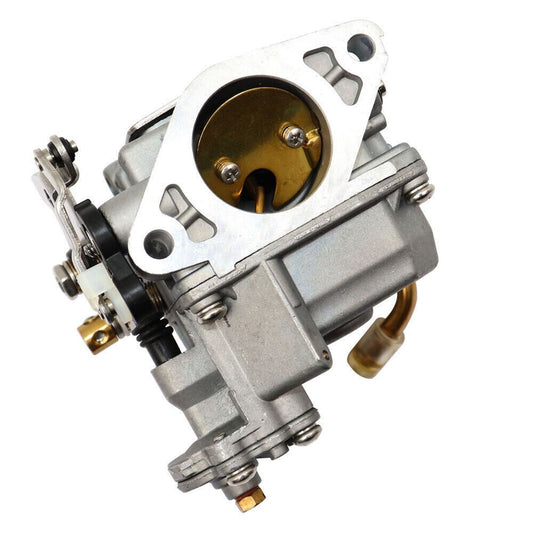
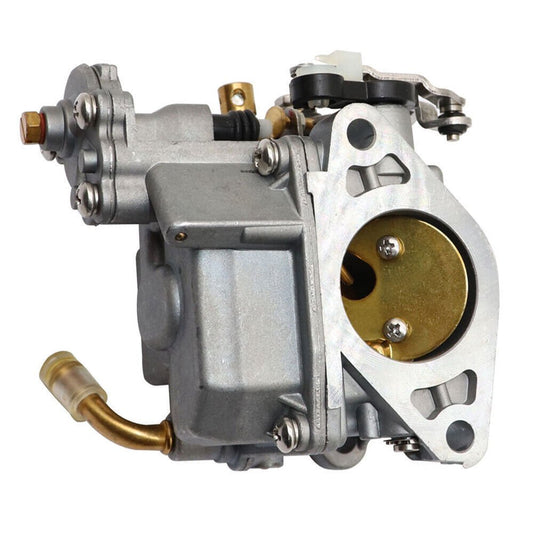
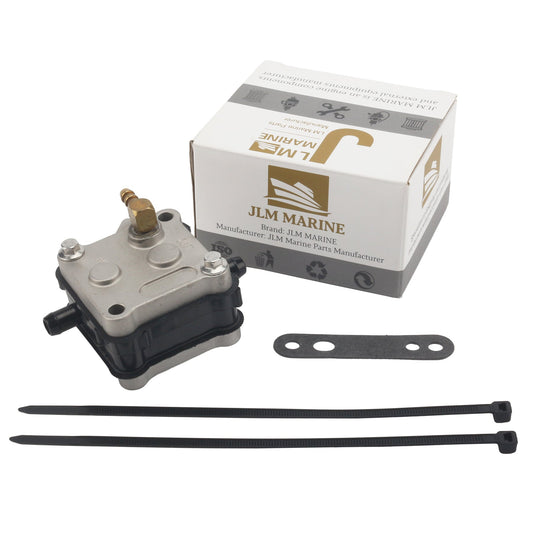
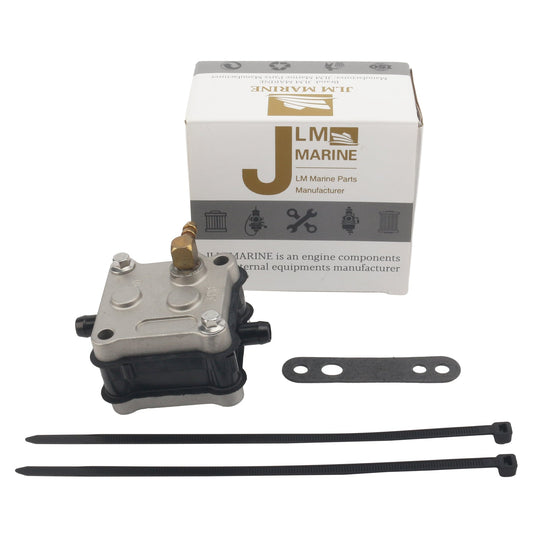
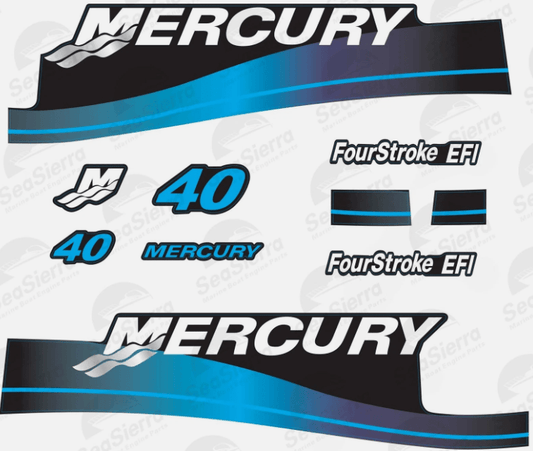
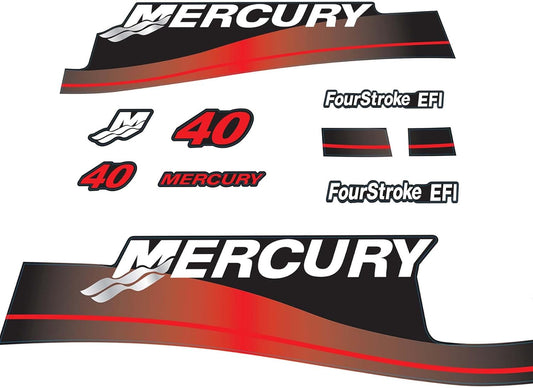
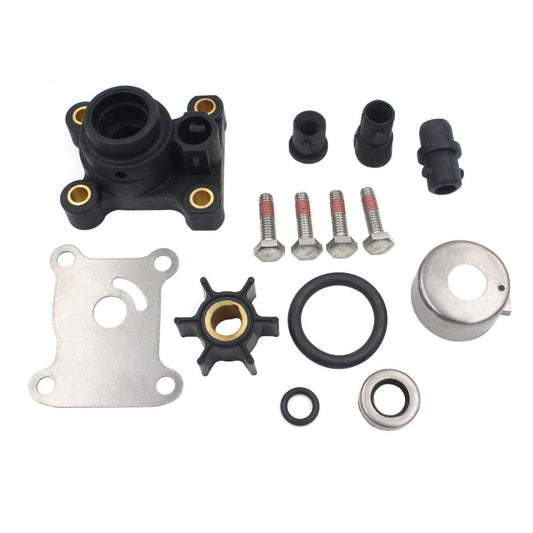
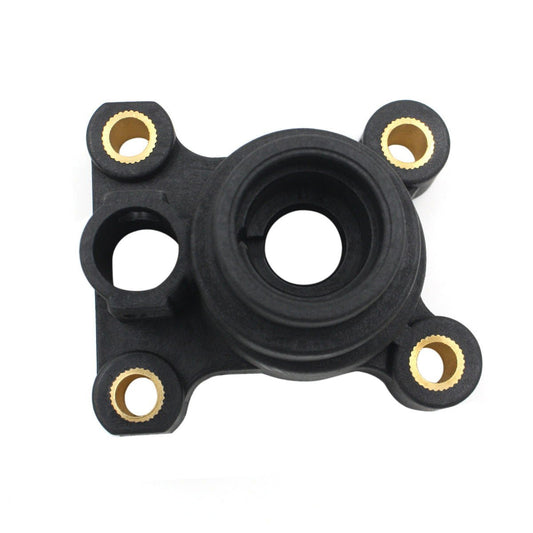
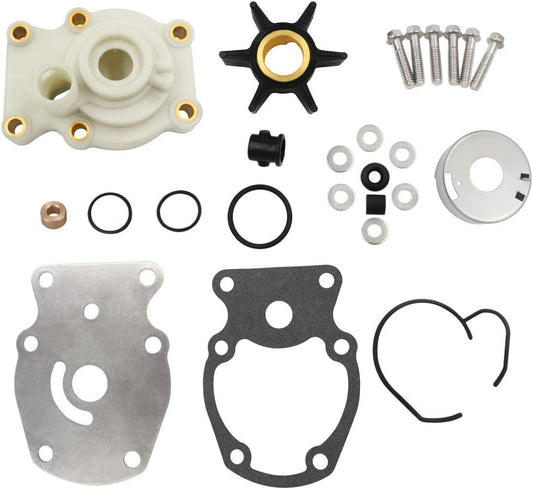
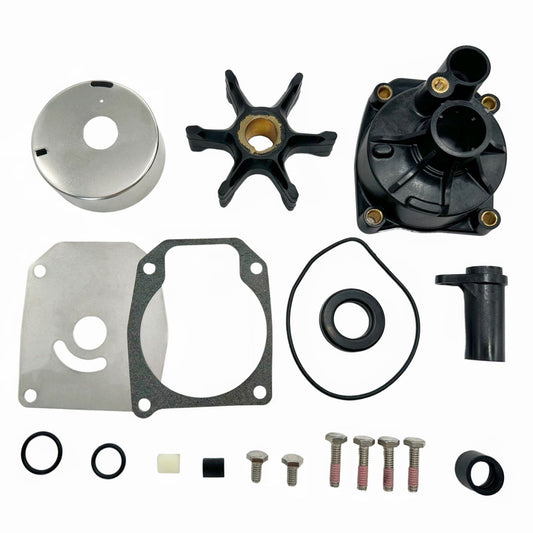
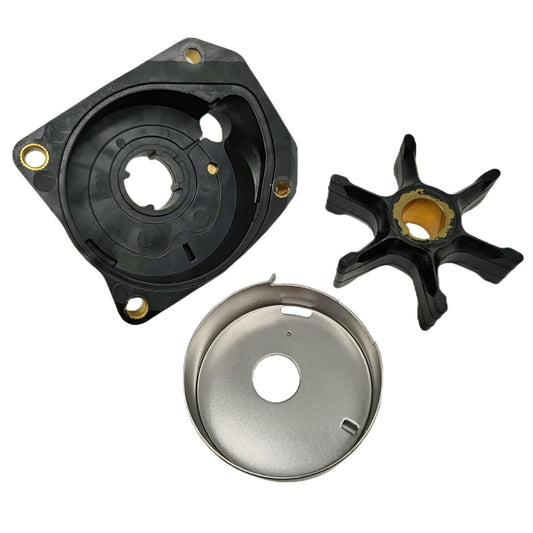



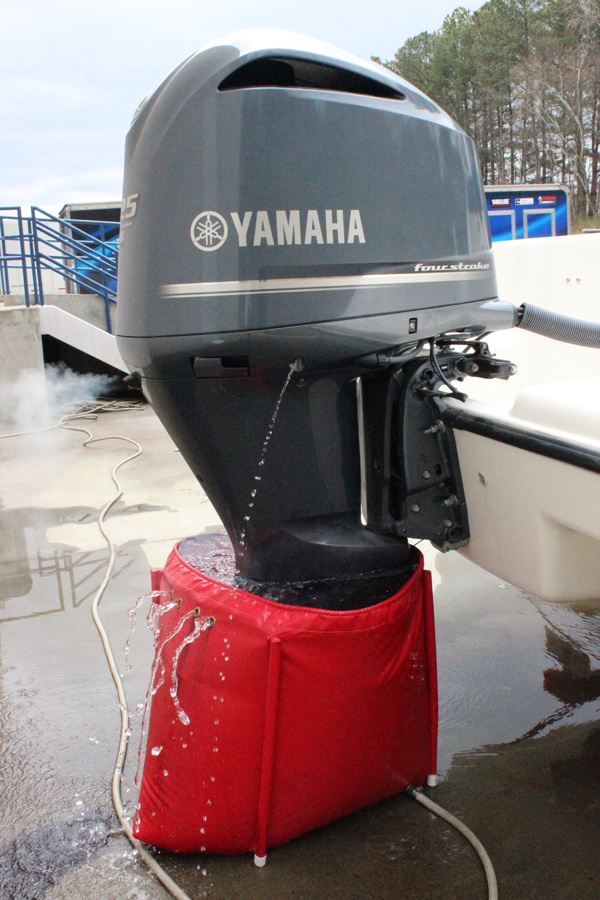



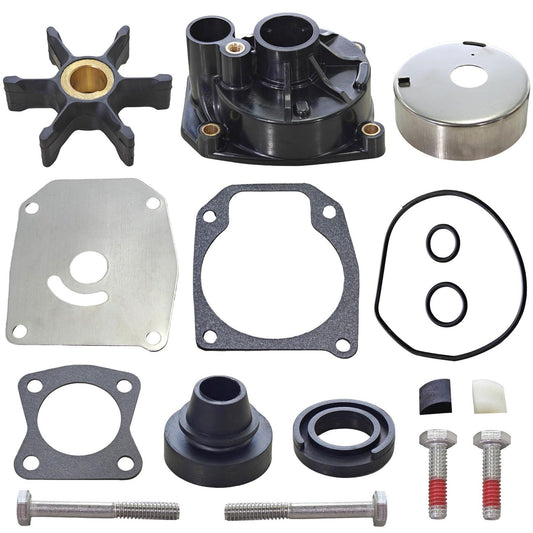
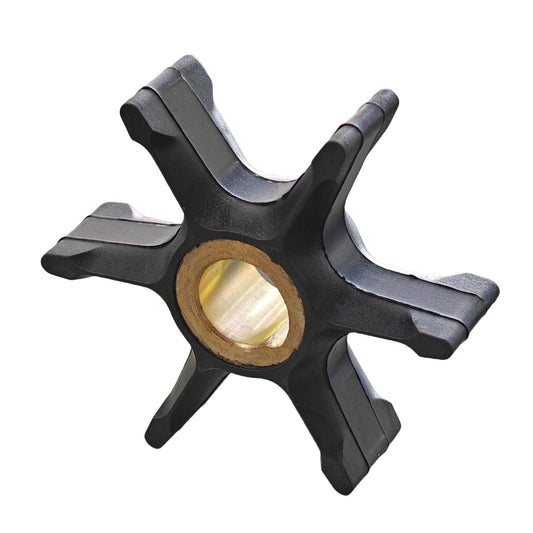
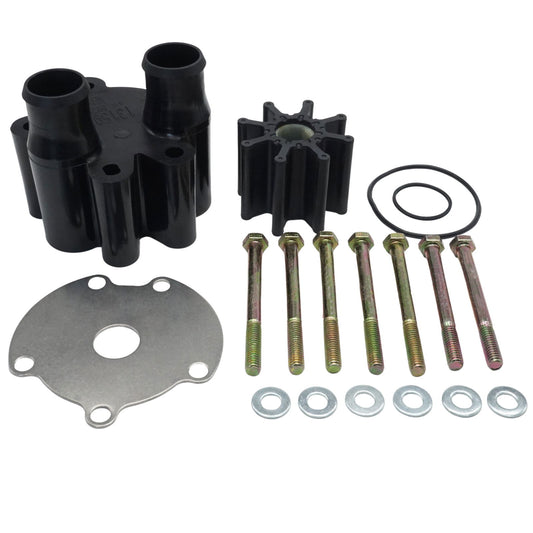
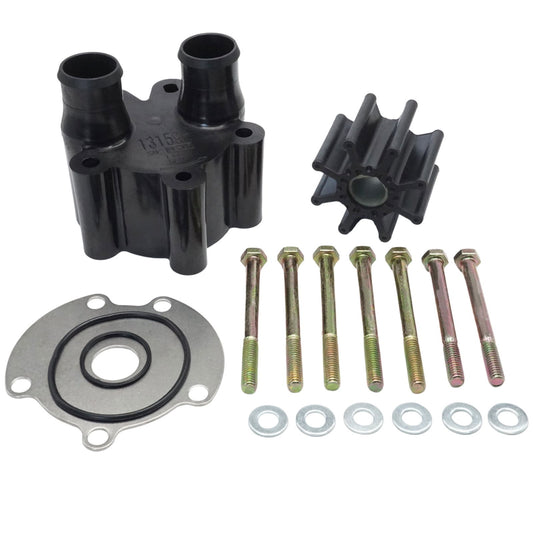
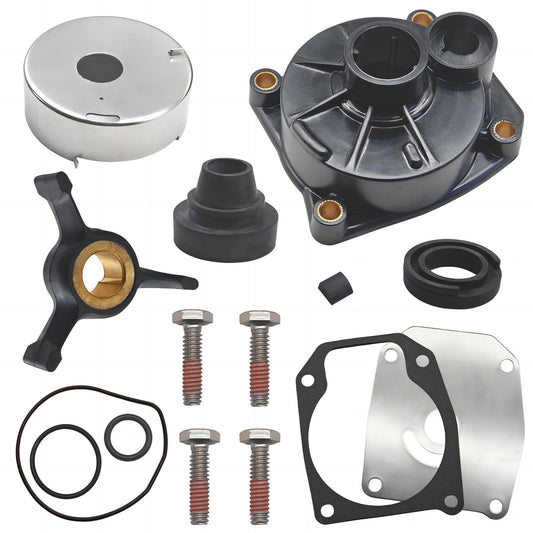
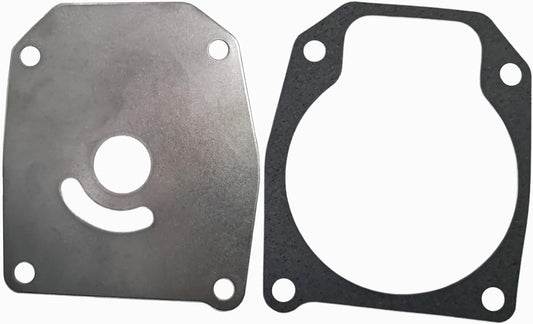
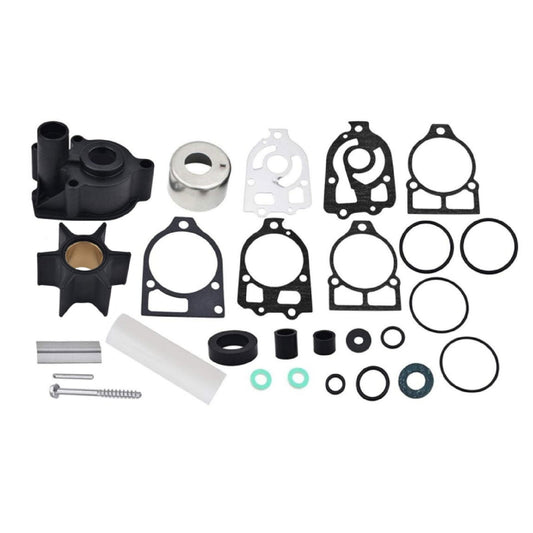
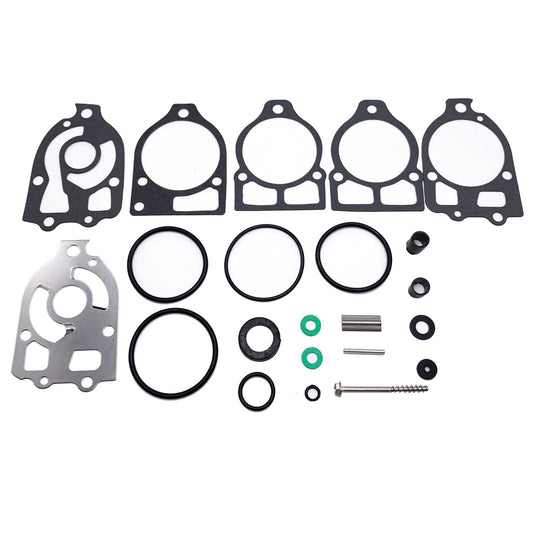
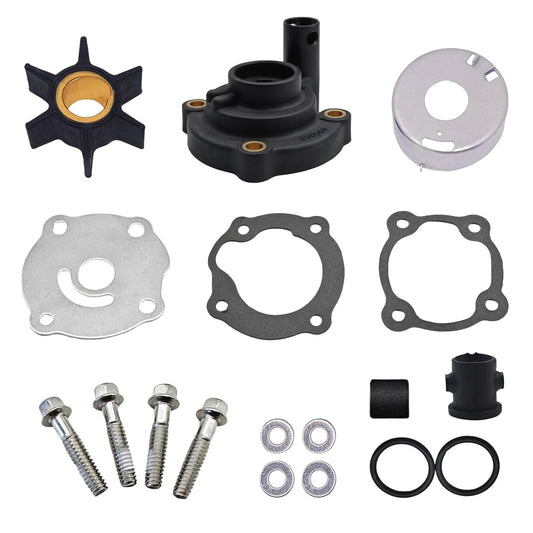
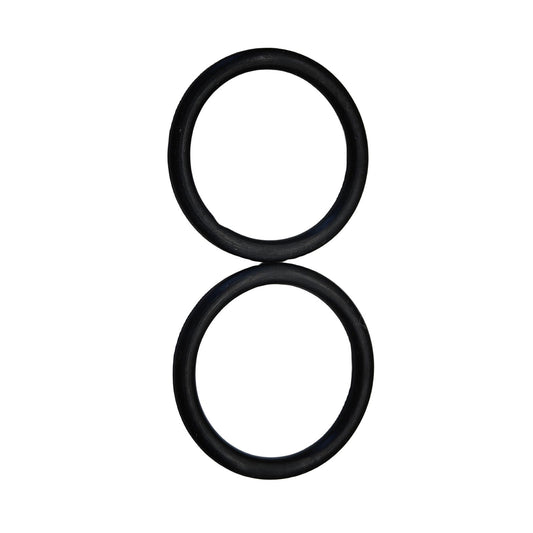
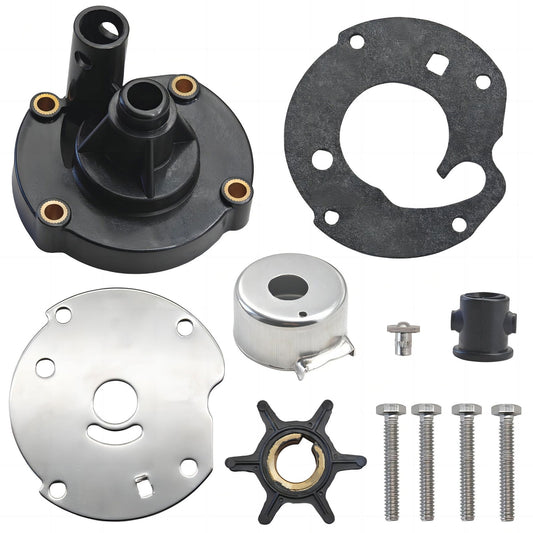
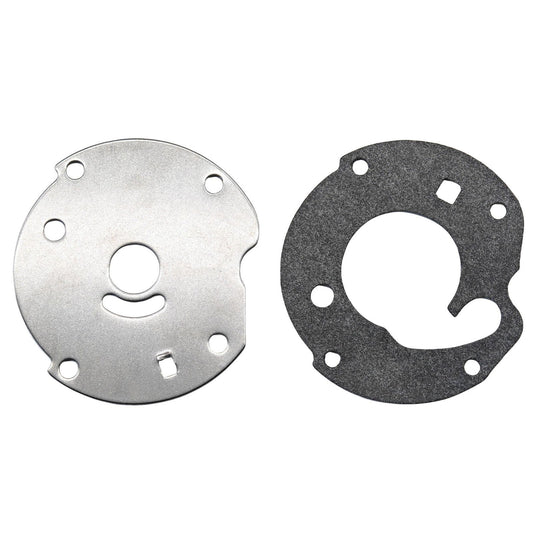

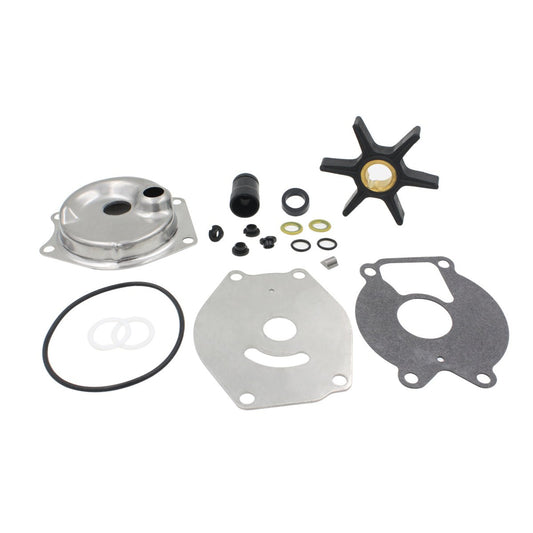
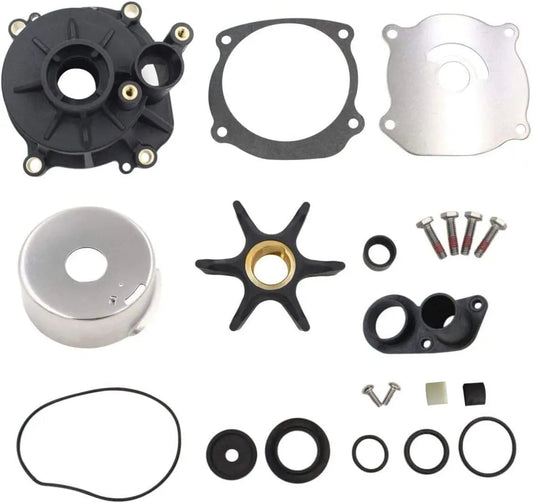
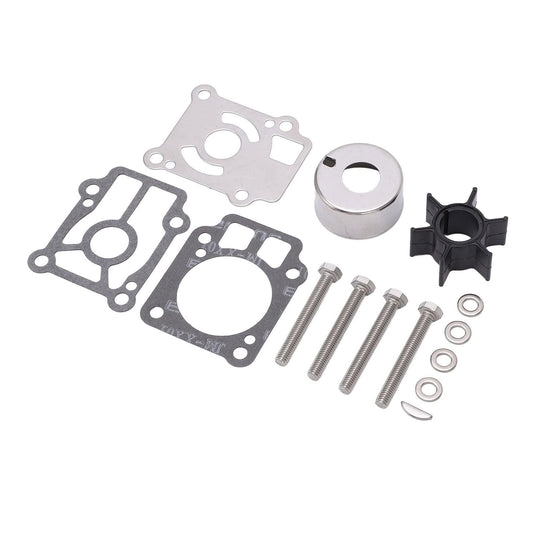
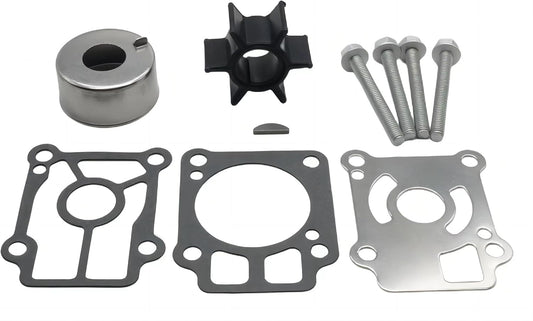

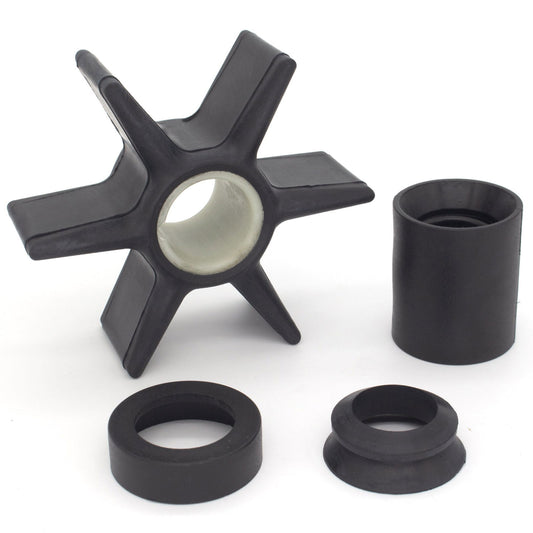
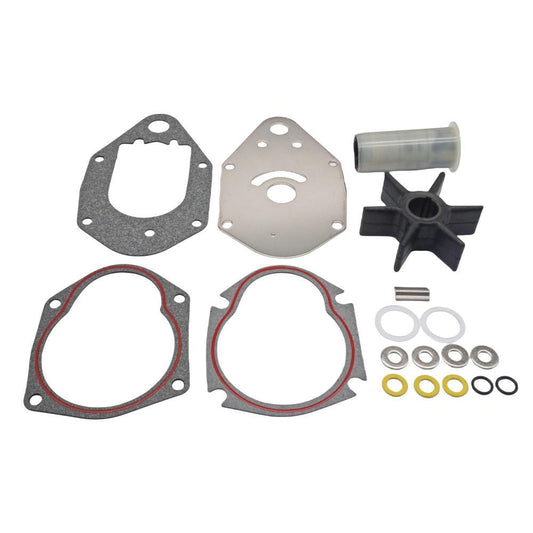
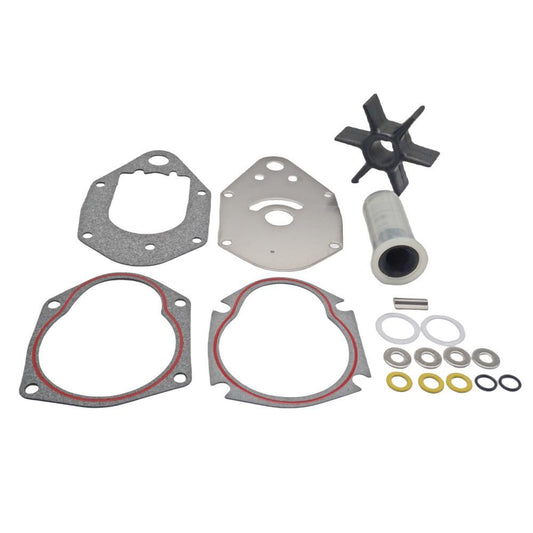
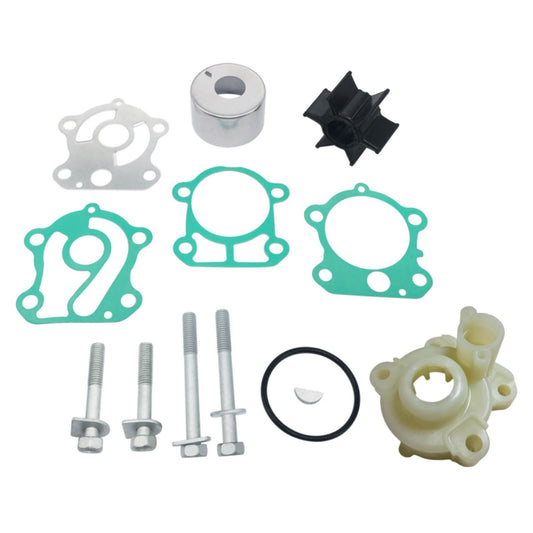
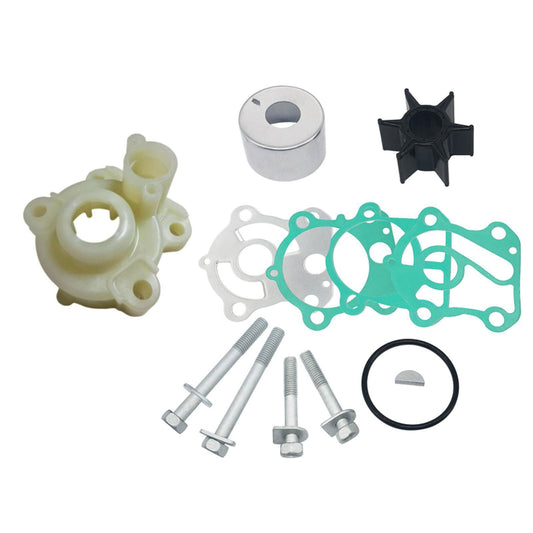
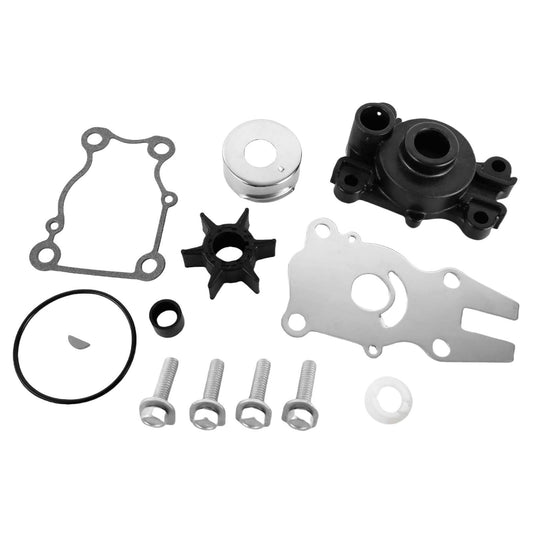
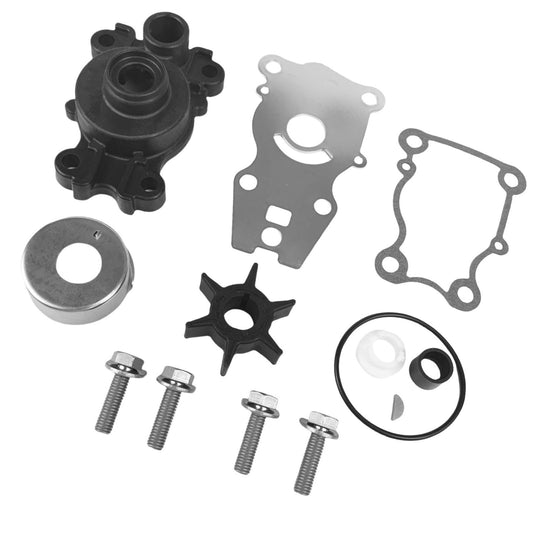


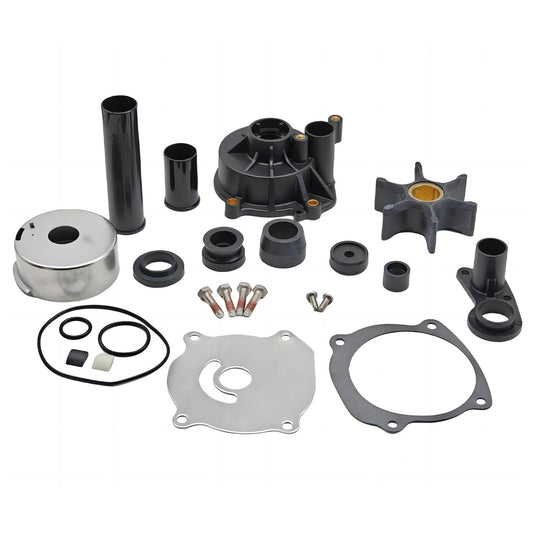
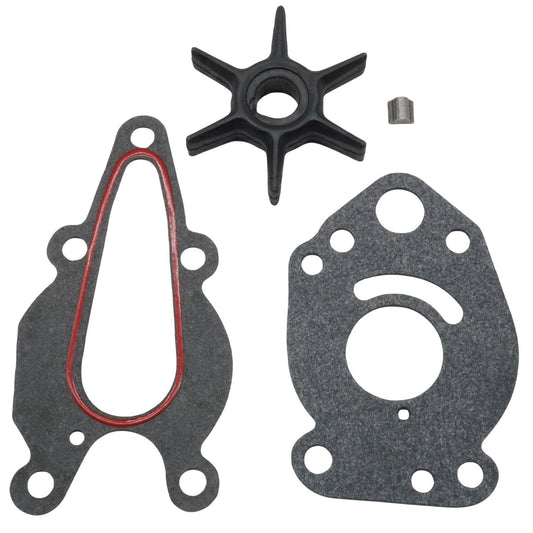

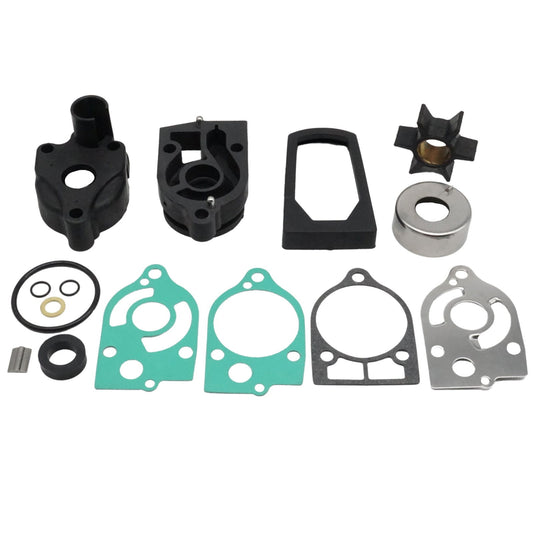

Leave a comment
Please note, comments need to be approved before they are published.